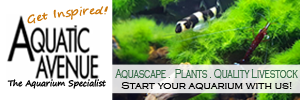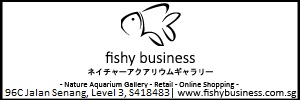Hi samcarter
Welcome to AQ and i do hope you will have an enjoyable stay at our forum.
For the size of your tank, you are pretty much open to all species of Apistogrammas. As for the number of individuals, i would suggest a pair with some dither fishes. With a pair, there are lower chances or mortality due to territorial disputes and you can also experience the joy of breeding them. And with dithers, it not only add distractions to the male and female if they should turn aggressive towards each other but also add some excitement to the tank because Apistos are shy fishes and tends to hide.
Choosing ADA aquasoil is a good choice. I would recommend ADA africana for its ability to pull down pH to around 5.5. But this is for Singapore water. I'm not sure for Australian water. But as you mentioned, your pH for tap water is around 7. So should be almost the same.
They should be alright with tap water introduced directly into the tank. I do my weekly 30% water changes for all my Apistos with water directly from the tap. I am more worried of the chlorine content of Australia's tap water. My previous experience with tap water in Sydney is that the fishes died couple of minutes later after direct water change from the tap. If this is the same case for you, i suggest storing the tap water over night before using. I would suggest you store the water overnight too if you are going to use your tap water for more then 50% water changes.
Do let the tank settle for at least a week due to pH fluctuations from the new soil and as well as cycling of your filters before adding the fishes in.
Last edited by genes; 14th Dec 2008 at 16:15.
Eugene (^_^)
De Dwergcichlide Fanatiek
Now swimming: Plecos and Apistogrammas










 Reply With Quote
Reply With Quote






Bookmarks